Companies claim they can help hospitals seeking to get paid by ‘subprime patients’ amid Republican health cuts.
Healthcare Systems & Policy

Many with menopause symptoms miss treatment due to high costs and insurance denials. A California bill seeks to mandate coverage, challenging prior authorization barriers imposed by insurers.
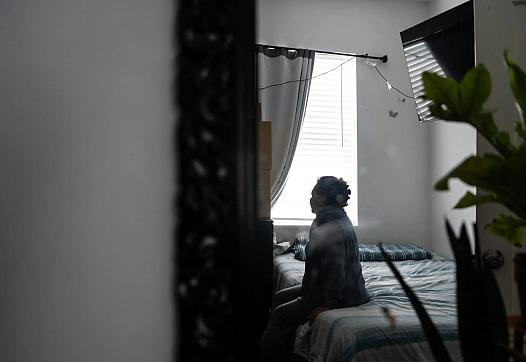
G.H, a 51 year old immigrant applying for legal status, fears that the coming healthcare policy changes might impact her ability to afford the medical care she needs. California, facing its own budget crisis, has already scaled back parts of its Medi-Cal expansion program, and along with the federal spending bill, people like G.H. might find themselves excluded from getting basic healthcare needs met.
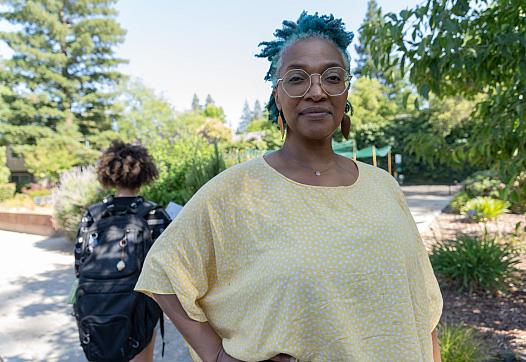
Despite years of pledges to address systemic racism and discriminatory discipline practices, the most recent state data show that two school districts, Sacramento City Unified and Elk Grove Unified, continue to suspend Black students at some of the highest rates in California.
Menopause symptoms are often dismissed, with many doctors lacking proper training. Lawmakers in California and other states are pushing for mandatory education to improve care and support for women.

In areas like California’s rural Shasta County, school campuses may be the most effective places to care for children’s mental health needs, and such care will now be covered by insurance.
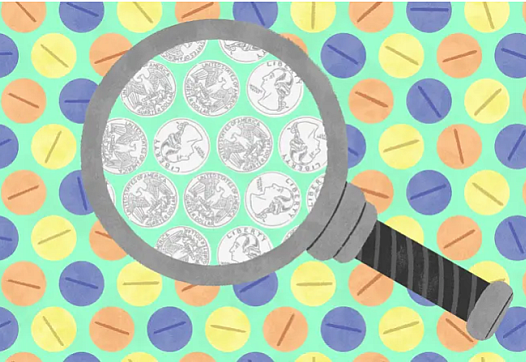
Spotlight PA investigative reporter Ed Mahon partnered with WESA, Pittsburgh's NPR station, to produce an audio version of his child welfare coverage.
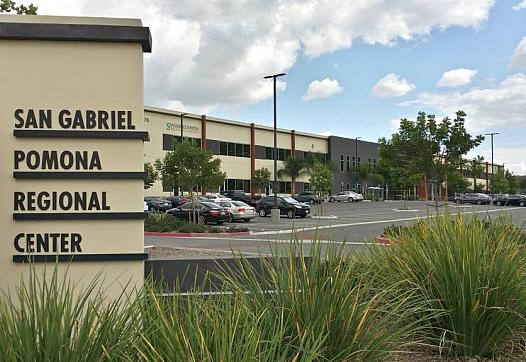
California's AB 1147 law now requires regional centers for developmental disabilities to follow the Public Records Act, boosting transparency in a $15 billion system serving 450,000 people.
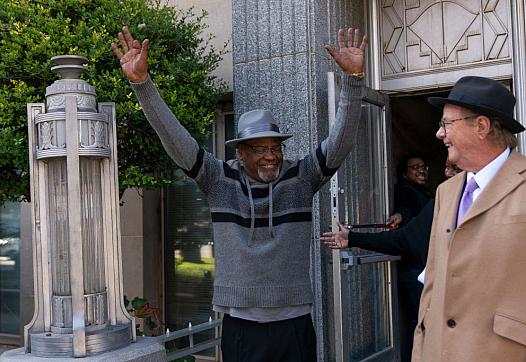
Glynn Simmons and Richard Phillips were exonerated after decades in prison. Their stories reflect huge disparities in who serves time in prison for crimes they did not commit.

Republicans in Congress are in search of $880 billion in spending cuts and Medicaid is in the crosshairs. In this webinar, we will take a closer look at the latest GOP plans to slash Medicaid, and explore what those cuts mean for the health of Americans who rely on the safety net.
